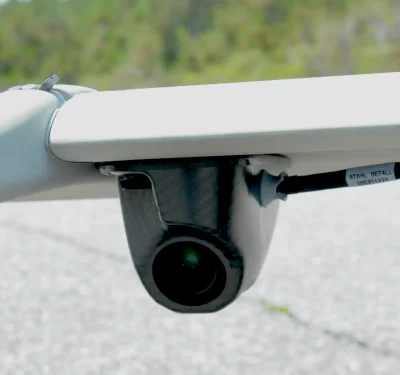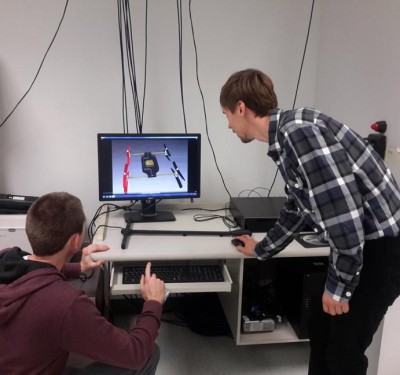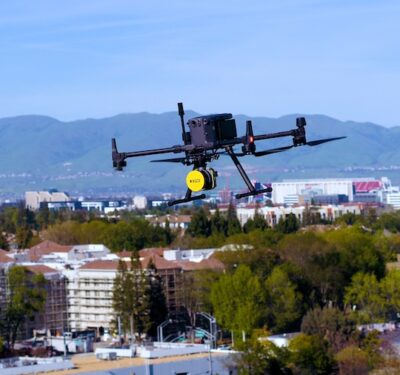The Integration Pilot Program is moving briskly though some teams were surprised, and disappointed, when the Federal Aviation Administration narrowed their activities to their very top priorities.

Alaska. Photos courtesy of ACUASI at the University of Alaska-Fairbanks, the Memphis-Shelby County Airport Authority and Mark Blanks, Mid Atlantic Aviation Partnership at VA Tech.
The still new Integration Pilot Program (IPP) is off to a fast start with most of the teams already planning technology demonstrations for late summer.
The new program managers promised by the Federal Aviation Administration (FAA) are already in place to support the teams, there is a channel set up to flow test data to FAA and there are even extra technical experts available for problem solving as needed.
“Overall, I’ve been very impressed with the FAA finding people who are willing to find workarounds and to really push boundaries, said Cathy Cahill, director of the Alaska Center for Unmanned Aircraft Systems Integration at the University of Alaska-Fairbanks, which is leading one of the teams.
Some of the team leads, however, have also hit their first concussive milestone—that point at which one’s plans run head on into reality and it becomes necessary to step back for an aspirin and some hard revision.
OUCH
The milestone was, as one team lead described it, a “de-scoping” of some teams’ plans by the FAA to limit duplication and to ensure that, at the end of the two-year IPP program, the FAA would have the data it needs to write the regulations it intends to produce.
“We asked them, the lead applicants themselves, to prioritize what was most important to them to get out of the program—and that is what they did,” said Earl Lawrence, the director of Unmanned Aircraft Systems (UAS) at FAA. “And of course FAA had some ideas also, but when we sat down I’m happy to say that there was alignment. We didn’t need to change the number one goals. So then the discussions moved on to ‘Okay if those are your number one goals, let’s start at the top. What is it going to take to do that? …And, of course, that resulted in an adjustment to what they’re planning on doing initially, within each one of their plans.”
Lawrence stressed that the teams’ number one priorities are largely in line with those of the FAA. The one significant exception, he said, was the team lead by Memphis International Airport.
“They had a much longer list of things that they want to have done than we had on the top of our list. And so we’ve asked them to focus on the key items that are not being covered by other lead participants—yet, right now, which are (still) very much focused on their (airport’s needs). Because again we didn’t have the duplication in those,” said Lawrence.
STILL ENTHUSIASTIC, BUT…
It’s important to note no one who spoke to Inside Unmanned Systems was any less enthusiastic about going ahead with the IPP program and no one suggested the sharpened focus was misguided. If anything there was a consistent, albeit perhaps grudging, acceptance of the need to focus only on the top priorities to move the entire industry forward.
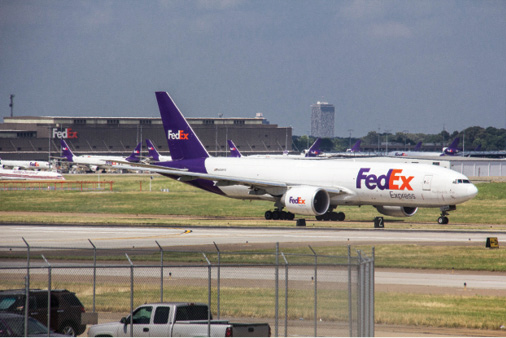
Tennessee
It was clear from interviews, however, that at least some of the teams hadn’t expected such a change and felt they had little choice but to go along.
The FAA does not provide funding for the teams but it has hired extra program managers, one for every two teams, to help speed requests for waivers. More importantly, the FAA has pledged to fast track IPP waiver requests and has even lined up specialists to help teams work through difficulties.
The non-priority projects, however, will not be getting that kind of help.
Though participants in the now sidelined missions can pursue their projects under the existing waiver process experience suggests they won’t get very far. Only a tiny percentage of beyond-visual-line-of-sight (BVLOS) waiver requests, for example, have been granted. Moreover, one the the IPP program’s goals is to prototype and test answers to tough problems precisely to find the way to fly those missions safely. That is, the FAA was specifically looking for teams that wanted to tackle hard missions that would expand the regulatory options.

Virginia
All things considered, the changes of the current process working for the sidelined missions seem slim.
“That was a series of tough conversations that the programs had to have with their teams,” Cahill said.
IMPACT UNCLEAR
Some team partners have already quit—though, so far, it appears no partner has officially removed their names from their team’s rosters.
It is unclear what the ramifications will be. For example, part of Alaska’s original plan was to weave a number of different monitoring and inspection operations into inspection flights of the Alaska pipeline as a way to share expenses.
“We’re looking at coupling multiple activities together to basically leverage people’s capabilities and get the biggest bang for our buck,” Cahill told Inside Unmanned Systems in May. “Logistics are expensive,” she added, “and if we can share the costs we can get more information for everybody.”
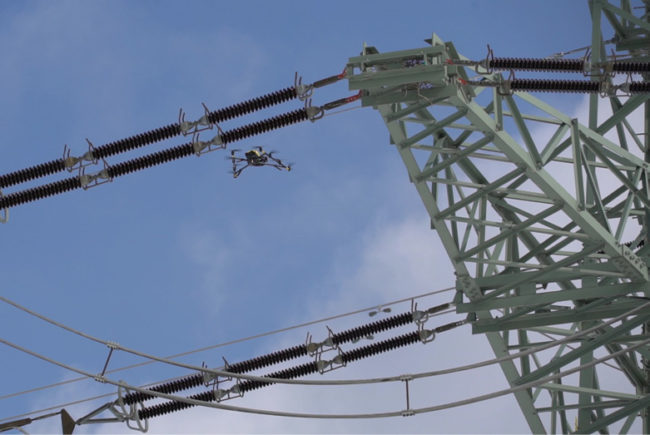
Tennessee
The original set of proposed missions included doing animal counts for Fish and Game while at the same time scanning the pipeline for thin spots and leaks. Checking roads in avalanche-prone areas and monitoring for ice accumulations were also possibilities. The Dalton Highway, for example, runs parallel to the Alaska pipeline and close to the Sag River. Several years ago an ice jam in the river took out a chunk of the highway, Cahill said, “which is the only way to get supplies to the North Slope of Alaska and the oilfields.” Monitoring the ice regularly makes it possible to catch a buildup in time to send out a crew to break it up before it does damage.
“You really want to take all the interested players and have us all work together,” Cahill said.
North Carolina was looking to augment hurricane recovery efforts with drones including delivering medical supplies to the isolated reaches of the Outer Banks. The Memphis International Airport had originally planned to work with Shelby County on beyond line of sight flights to support river sampling and monitoring. North Dakota hoped to figure out the safe way to use BVLOS to inspect multiple bridges in one outing.
What each of these missions have in common is they serve the state and local community either directly, as in the case of emergency supplies for the storm-tossed Outer Banks, or indirectly by helping address local problems like flooding, pollution and traffic tie-ups. Bringing the public along in their understanding and acceptance of drones is also an IPP goal.
IT’S NOT FINAL
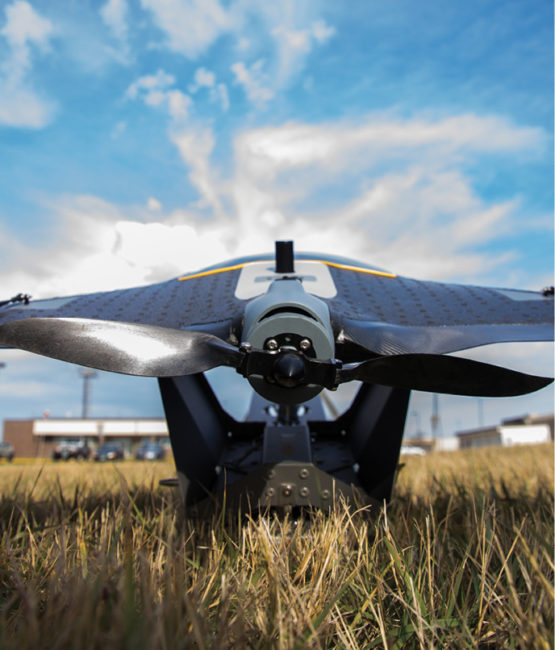
North Dakota
The good news is the second-tier missions may not be permanently on hold. Team leads are looking at ways of integrating those projects into their primary activity to help those impacted learn from the top-priority efforts and use that knowledge to make their safety cases.
Several team leads also expressed hopes that once they worked through their initial missions they could move on to some of the other use cases and take those on with the full support of the IPP program.
The FAA will “absolutely” back the other missions if the teams get through their first tasks early, Lawrence said.
“I know the team members are disappointed; they want to add more” Lawrence said. “But the communities—we’ve put a lot on them. They’ve got a lot to coordinate and they really are the operator in these cases. And so it really does go back to them and what are they able to manage. And certainly they can always come back with more proposals as they catch up with what they’ve initially promised to do.”
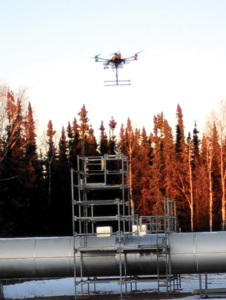
Alaska – Pipeline inspection is Alaska’s top mission.



